
The Kooikerhondje originated from the Netherlands. The Kooikerondje, also
known as the Kooiker Dog or the Small Dutch Waterfowl Dog is much loved by
its native
land.
Many Dutch painters include a similar dog in their masterpieces.
The Kooikerhondje has a body that is almost square in shape, an uplifted head,
a parti-colored coat, and a feathered tail. The dog is believed to have descended
from Spioen (Spaniels) and is credited to be the ancestors of another “Duck
Dog”, the Nova Scotia Duck Tolling Retriever.
Life Expectancy:
12 to 14 years
Energy Level:
Higher than average.
Living Conditions:
Needs lots of living space.
Barking:
Average.
Exercise Needs:
45 minute walk.
Breed Group:
Sporting
Size:
Medium-Small
Height:
13-16 inches
Weight:
20 to 40 pounds
Standard Hair Colors:
White spattered with distinct patches of orange-red fur
National breed club:
Kooikerhondje Club
of the United States
The Kooikerhondje was bred as a working dog. They hunted with “Kooibaas” (boss
of the duck decoy), also acted as watch dogs and hunters of small rodents.
Nowadays, the Kooiker dog still, on occasion, perform duck decoy duties, but
they more often participate in competitor sports (flyball, Frisbee catching,
etc). Others are bred to be companion dogs.
The Kooikerhondje is a cheerful, friendly, good natured multi-purpose working dog. They are energetic workers and make great hunters, reliable guard dogs and wonderful trustworthy companions. Although the Kooiker Dog looks nice and approachable, they are not. They are ready to defend their owners (by ferocious barking) and are generally very reserved towards both strangers and children. However, when trust is established, the Kooiker Dog becomes a strong ally. Despite being intelligent, Kooikers are quite difficult to train. They are generally very dominant and temperamental. When training Kooiker Dogs remember that they need to be mentally stimulated, taught in a gentle manner, and be given positive reinforcement as these dogs are also very sensitive.
This hunting breed enjoy the outdoors and require that they be given regular exercise. If you wish to let your dog stretch his legs and run, release him in a secure area (fenced in yard). If allowed to run in an open area, they may run after small animals that catch their attention.
Although the Kooiker Dog will do well in an apartment, this active breed would be better off living in a home with lots of room and a large fenced yard. If you live in a home with limited space, make sure you take the Kooiker out for regular walks and, if the Kooiker is well-trained, you can let the dog off its leash and let him run. If you can’t control your Kooiker, it’s best to retain the leash.
Kooikerhonjes are known for their coat. They have slightly curly, medium to long hair that lies close to the body. Brush at least every other day to keep from matting. The base color of their coat is white spattered with distinct patches of orange-red fur. Another distinct feature of Kooiker Dogs is the black colored hair at the tips of their ears.
Kooikerhondjes are prone to having green or gray cataracts which, if left untreated, would affect the dog’s vision. Aside from these, the only other disease the Kooikerhondjes may have are those that stem from irresponsible inbreeding (epilepsy, patella luxation, etc).
Consider similar breeds are those that come from the spaniel family such as the Clumber or Cocker Spaniels.
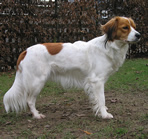
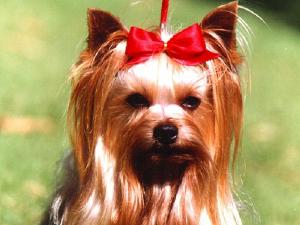 Yorkshire Terrier
Yorkshire Terr
Yorkshire Terrier
Yorkshire Terr
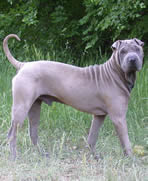 Chinese Shar-peis: A guide to dogs and puppies of the Chinese Shar-pei breed
The Chinese Shar-pei!
The Chinese Shar-pei is automatically
Chinese Shar-peis: A guide to dogs and puppies of the Chinese Shar-pei breed
The Chinese Shar-pei!
The Chinese Shar-pei is automatically
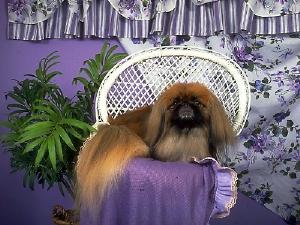 Pekingese
Pekingese
Pekingese
Pekingese
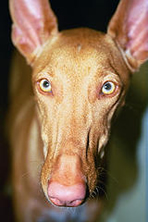 Pharaoh Hounds: A guide to dogs and puppies of the Pharaoh Hound breed
The Pharaoh Hound!
The Pharaoh Hound, now the national dog
Pharaoh Hounds: A guide to dogs and puppies of the Pharaoh Hound breed
The Pharaoh Hound!
The Pharaoh Hound, now the national dog
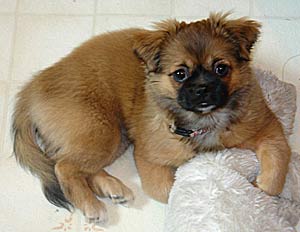 Tibetan Spaniel
Tibetan Spanie
Tibetan Spaniel
Tibetan Spanie
Copyright © 2005-2016 Pet Information All Rights Reserved
Contact us: www162date@outlook.com